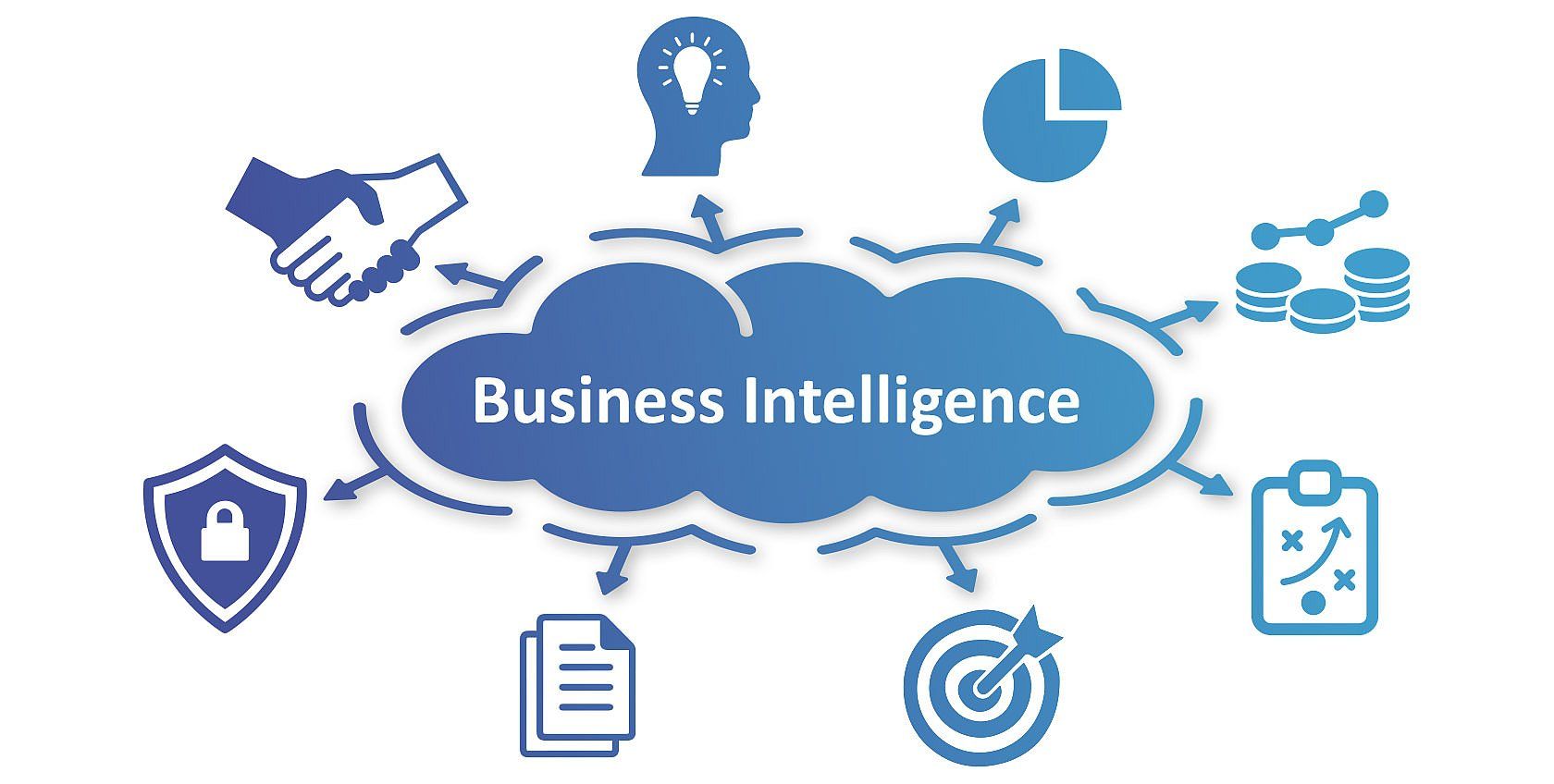In the modern business landscape data is an essential asset that can either make or break an organization. Power BI, Microsoft Fabric and other powerful tools can be used by companies to maximize the potential of their data. These platforms are the foundation of business intelligence, and when integrated with Azure Data Factory, they can be a force that is unstoppable in data analysis and decision-making.

Power BI: Your Business Intelligence Companion
Power BI by Microsoft is an effective business intelligence program that lets businesses visualize and communicate their information. Power BI allows users to build interactive dashboards and reports, transforming raw data into actionable data.
Whether you’re a small startup or a large enterprise, Power BI adapts to your needs. Power BI integrates seamlessly across multiple data sources and makes it easy to integrate data from multiple systems and databases. Even non-technical users can use it to quickly create meaningful reports and analyze data using its easy drag-and drop interface.
Power BI supports real-time processing of data, which ensures that you have up-to-date information. The platform offers a variety of visualizations that allow you to present information in a clear, interesting manner. The capability to share and collaborate reports with colleagues boosts decision-making and promotes a data-driven culture within your organization.
Microsoft Fabric The Weaving of Data Excellence
Microsoft Fabric is an underlying framework that connects and orchestrates the data gathered from different Microsoft services. It’s the fabric that connects your data into an encapsulated, usable entity, enabling organizations to draw insights effortlessly.
Microsoft Fabric helps businesses maintain data consistency and integrity as they handle increasing numbers of data. It integrates with a range of services, from Azure Data Lake Storage and Azure SQL Data Warehouse, to Power BI and more. This interconnectedness ensures that data is flowed smoothly and that data are derived from many sources.
The range of Microsoft Fabric is apparent in its capabilities to transform data. It can be used to manage data to prepare it for analysis and to ensure it conforms to the data governance policies of your organization. Microsoft Fabric is an infrastructure that will ensure your data is correct and reliable for analytics.
Azure Data Factory – The Gateway to Data Transformation
Azure Data Factory is another vital component of the modern business intelligence landscape. This cloud-based service enables you to manage and plan data-driven processes. Through orchestrating data movement and transform data, Azure Data Factory paves the way for meaningful insight.
Azure Data Factory’s ability to connecting to various data sources is one of its primary advantages. Your data can be integrated seamlessly, whether it is located on premises, in the cloud or both. It will provide you with an overview of your entire data environment regardless of where the data is. It allows batch processing, data streams in real-time and large data analysis, which makes it ideal for a variety of cases.
Azure Data Factory offers a visual interface to facilitate the process of creating data pipelines. It’s simple to design and schedule data workflows even if you’re not a pro at coding. Business users can monitor their data integration process and lets them prepare data themselves.
Power BI with Microsoft Fabric, Azure Data Factory, and Power BI
If Power BI, Microsoft Fabric, and Azure Data Factory come together to form a dynamic trio that can completely transform your data analytics efforts. These three technologies can work in synergy:
1. Data Integration: Azure Data Factory connects to an array of data sources, making sure that all the data you have is accessible. Microsoft Fabric orchestrates the data from various services using the data integration capabilities. This ensures that your data is correctly organized, cleaned and then it is ready to be used in Power BI analysis.
2. Microsoft Fabric’s Data Transform is vital to satisfy your analytical needs. Fabric helps ensure that data is ready for insights regardless of whether you are cleaning or transforming data.
3. Data Visualization: When your data has been perfect and ready to go, Power BI takes over. It allows you to create visually appealing dashboards and reports which make complicated data easier to understand. These insights can be shared with your team to encourage data-driven decisions.
4. Scalability: Azure Data Factory scales effortlessly to handle increasing amounts of data. Additionally, the combined power of Power BI and Microsoft Fabric ensures that your data stays constant and reliable even when your business grows.
5. Power BI and Azure Data Factory provide real-time insight which are essential for making agile decisions.
We also have a conclusion.
The field of business intelligence is changing rapidly and to remain competitive organizations must leverage the power of data. Power BI combined with Microsoft Fabric and Azure Data Factory can take your business analytics to the next level. Whether you’re looking to create amazing visualizations, maintain that your data is consistent, or speed up processes for data, this trio will meet your needs. Make your data more effective by utilizing business intelligence.